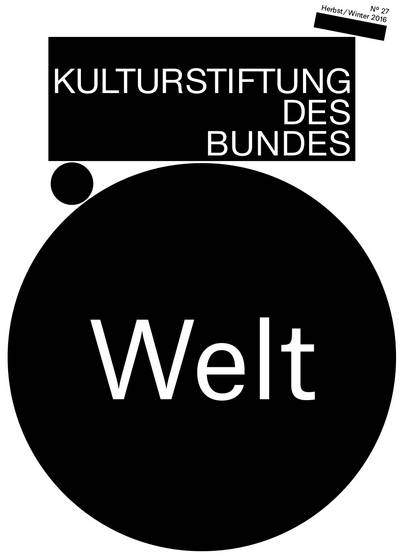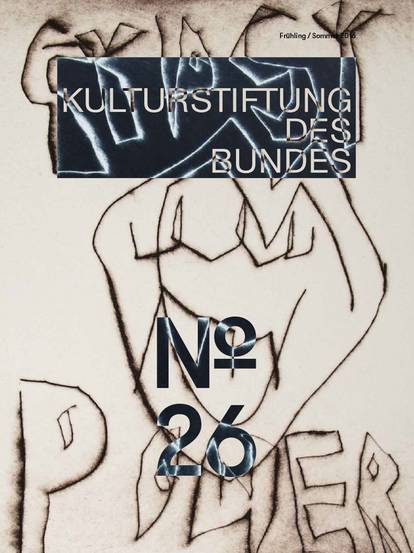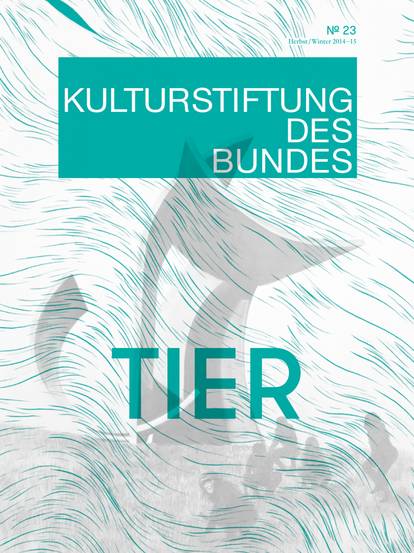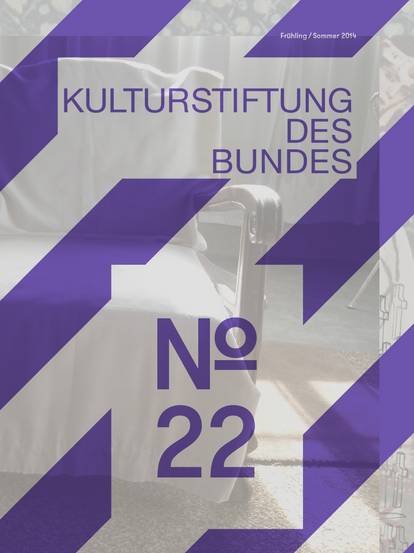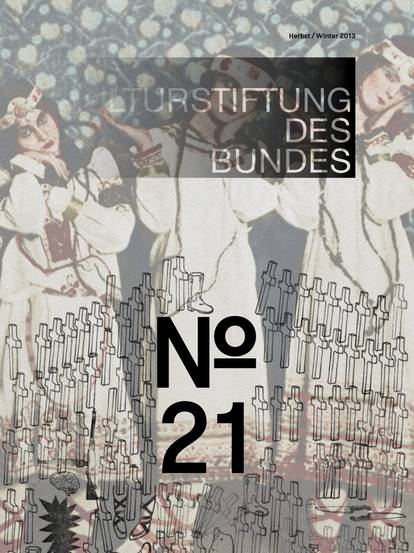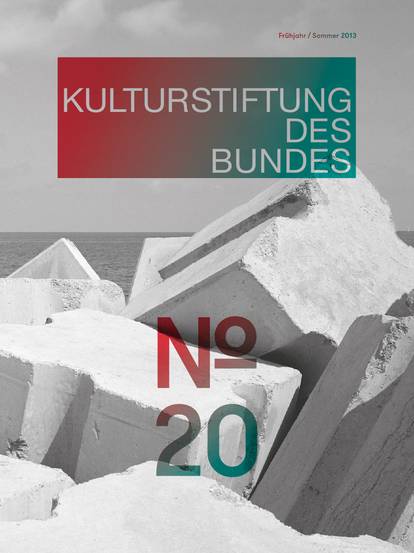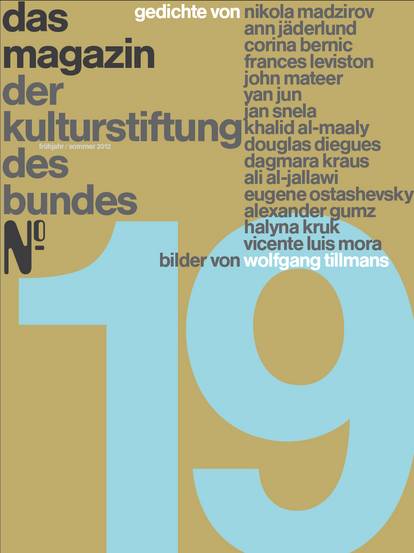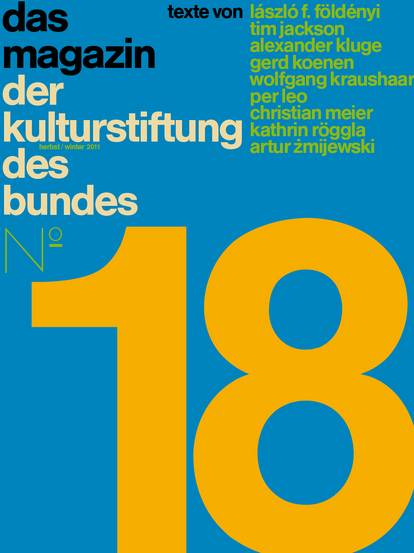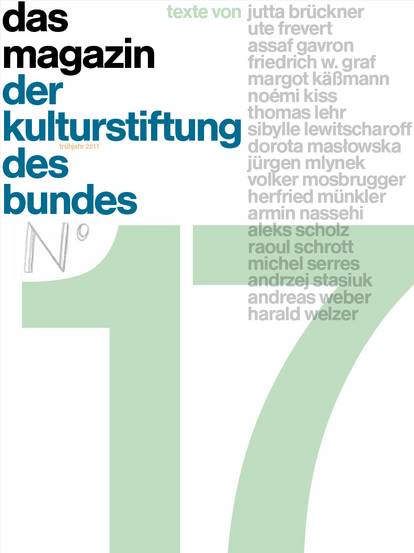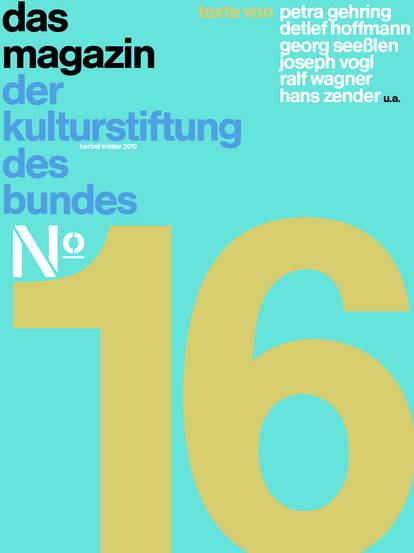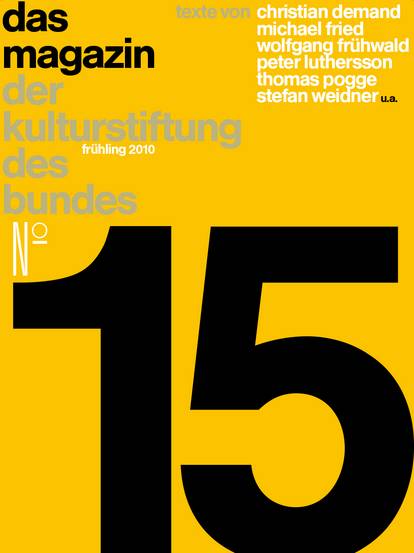When the French art historian Serge Guilbaut claimed that the 1940s was the era “when New York stole the idea of modern art” (which he also titled his book from 1983), he alluded to a geography of modernism which has continued to shape art-historical discourse, and with it, the museological discourse of the art establishment to this day. After the war, the linear narrative of modern art, which had previously run along the Paris-Berlin-Vienna axis, extended away from war-torn Europe to New York. Where and how can we integrate the “outposts of modernism” in this narrative, for example, Shanghai, Bombay, São Paulo, Cairo, Mexico City, Tehran and Ljubljana, which recent research findings have gradually brought to light? Each of these places represented a laboratory of artistic experimentation which produced an abundance of modern subject positions and were involved in a growing network of cross-border and often wide-scale encounters. Art historiography has predominantly focused on creating genealogies of stylistic influences, and this has produced a narrative of modernism which describes Western centres exporting the accomplishments of civilisation to the absorbing “peripheries” of the world. The contrast between the place of origin, the hoard of originality, and the alleged imitation or late-comer variants of modernism is also echoed in the museum canon. One immediately notices the exclusion of non-European trends in the major collections of modern art – in contrast to the exceedingly visible contemporary artworks from countless regions of the world. Whether London, New York or Berlin, the departments of modern art and the avant-garde at such venues are enclosed by a kind of glass wall – not only is there no room inside for non-European art, but none for East European avant-garde either.
In the meantime, however, the discourse on art-historical modernism has been revised multiple times in order to critically address the universal claims and gender ideologies on which the common narrative of underlying teleological tendencies is based. Post-colonial studies have challenged the fundamental Eurocentrism by replacing the concepts of exports and derivatives with terms like “cultural translation” and “mimicry” in order to discuss the relations between different regions of the world in terms of colonialism and to grant artists living under colonial circumstances the ability to develop their own autonomous artistic positions. In the field of art, the radical political, cultural and economic changes that have taken place since the end of the Cold War have rewritten cultural geographies; the result isn’t simply a reversal of the former “centre vs. periphery model”, but represents a modified cartography based on common characteristics, reciprocity and diversity. And ultimately the perspective of global or transcultural modernism is based on the premise that modernism defines a state of existence or a condition of life in which exceedingly disparate material elements and social agents are constantly torn from their places of origin and brought in contact with one another in a growing network of travel and economic trade. This approach encourages us to investigate the important and increasingly ubiquitous role that cross-border dialogue and its subsequent transcultural relations play in the history of modernism. It is evident from such movements as primitivism and surrealism, fundamental processes like abstraction and montage, and pop cultural cross-genre experiments, that cultural difference is not abnormal or something unique, but rather it’s a structural, perhaps even normative characteristic of artistic production under the conditions of modernism as a global process.
What challenge does the shift of perspective in modern art and cultural history in the sense of the “global turn” pose for museum exhibition and collection praxis? As nationally anchored institutions with the capability of shaping civil society, museums – like current nation states – are presented with the task of repositioning themselves in a globally interconnected world. In order to do justice to the transcultural past of the national construct as well as the increasing plurality of the present, it is imperative that we fundamentally reflect on the relationship between nation and culture. More concretely, museums and collections are called upon to develop innovative concepts which enable the public to perceive and experience cross-border connections between protagonists, artistic trends and objects, while at the same time reflect on their own collection history. While a number of ethnological collections have already initiated a self-reflective process of reinvention, the canon-building art museums – apart from a few exceptions - have proven more reluctant in this regard. The Centre Pompidou in Paris made important headway in this direction with the exhibition Modernités plurielles 1905–1970 (October 2013 to January 2015) which was curated by Catherine Grenier and was inspired by an inclusive, interconnected vision of artistic modernism. Despite boldly pushing the limits, the Parisian project quickly reached its own limits. An exhibition which solely relies on its own collection runs the risk of reproducing the historically defined relationships of power and asymmetries inherent in its collection history, especially if the exhibition concept fails to include the acquisition criteria of non-European objects during certain historical eras as part of its theoretical structure. The few choreographed moments of public encounter between yet unknown non-European artists with the Parisian art world ultimately reinforced the existing view of Paris as the centre of that world. Nonetheless, the experiment served as an important example of “critical curating”. Another possibility would be to stage an exhibition with loaned works in order to discover the ways of an “eccentric” modernism. What might be frowned upon by science as “merely additive” could actually possess dynamic potential for exhibitions as a medium, i.e. positioning works next to each other which the stylistic canon has traditionally assigned to different geographical and cultural categories. Such a gesture of proximity and cross-referentiality could produce surprising results. Shunning classifications of genre and style as well as conventional criteria of quality, which are themselves ideological vestiges of Western modernism, would be tantamount to breaking a taboo for many art museums. A dialogue with curatorial and contemporary artistic practices could provide fresh impulses here – particularly when considering the declassification of a singular “masterpiece” in order to reposition it as part of a network of relationships based on materiality, the serial and the repetitive.
Both art historians and museums are committed to bringing hidden or forgotten stories and traces to light, and creating appropriate modes of design and a language – be it theoretical or museological – that adequately addresses the challenges of globalism. To achieve this, they must continue intensifying the mutual synergetic exchange which has only just begun. The rehabilitation of modern art in post-war Germany owes its success to a large degree to the perseverance, vision and courage to overstep boundaries, as curators and museum directors have exhibited in the past, such as Werner Schmalenbach, for example. Perhaps the time has come to overstep boundaries once again.

![[Translate to English:] Magazine 38](/fileadmin/_processed_/f/1/csm_Magazin38_Cover-Vorschau_921x1230_689f428dc3.jpg)
![[Translate to English:] Magazine 37](/fileadmin/_processed_/b/c/csm_Mag37_Cover-Vorschau_921x1230_b5129fdb2a.jpg)
![[Translate to English:] Magazine 36](/fileadmin/_processed_/2/a/csm_Cover_Magazin36__issuu_2f3cef97bb.jpg)

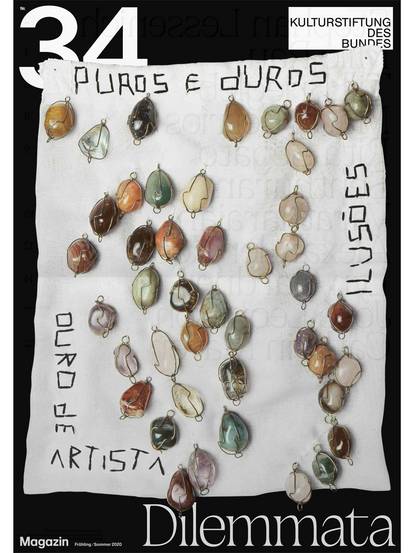
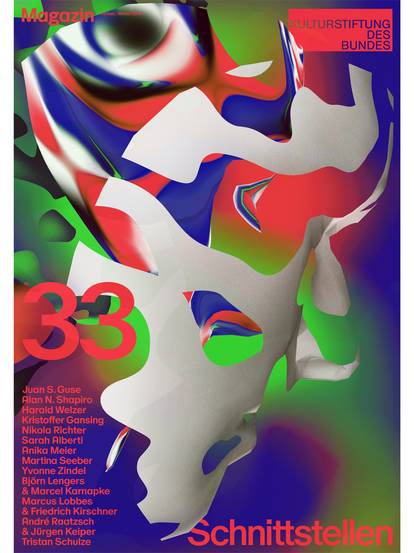
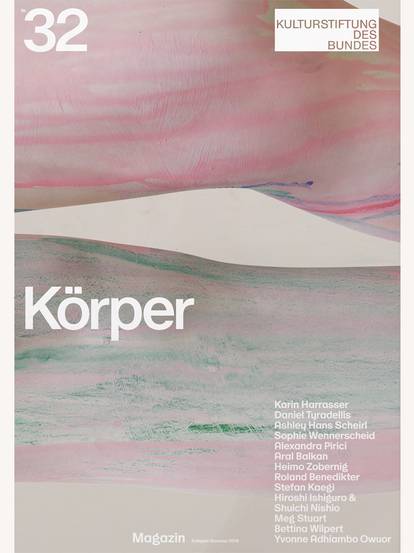
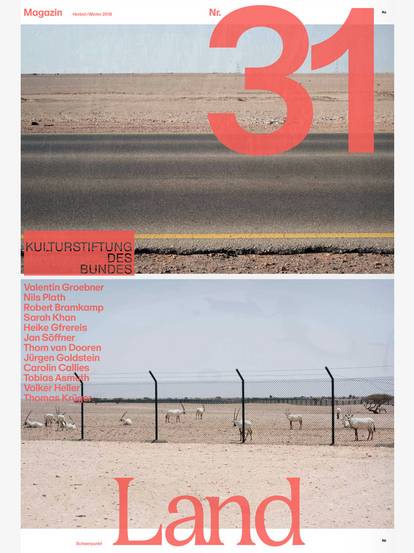
![[Translate to English:] Magazine 30](/fileadmin/_processed_/c/b/csm_magazin30_vorschau_9005f773d3.jpg)


